Time has been flying by since I began this internship back in June. It feels like just yesterday I had packed up the car and made the trek across the country from Connecticut to Utah. September seemed to fly by the quickest of all for some reason! Perhaps it was the growing signs of fall (my favorite season), the beautiful crisp air, the changing leaves, and the Halloween decorations getting put up around Moab that had me enjoying September so much. I have always loved fall in New England and I was so excited to see what fall looked like in the La Sal mountains. So far, I have not been disappointed.
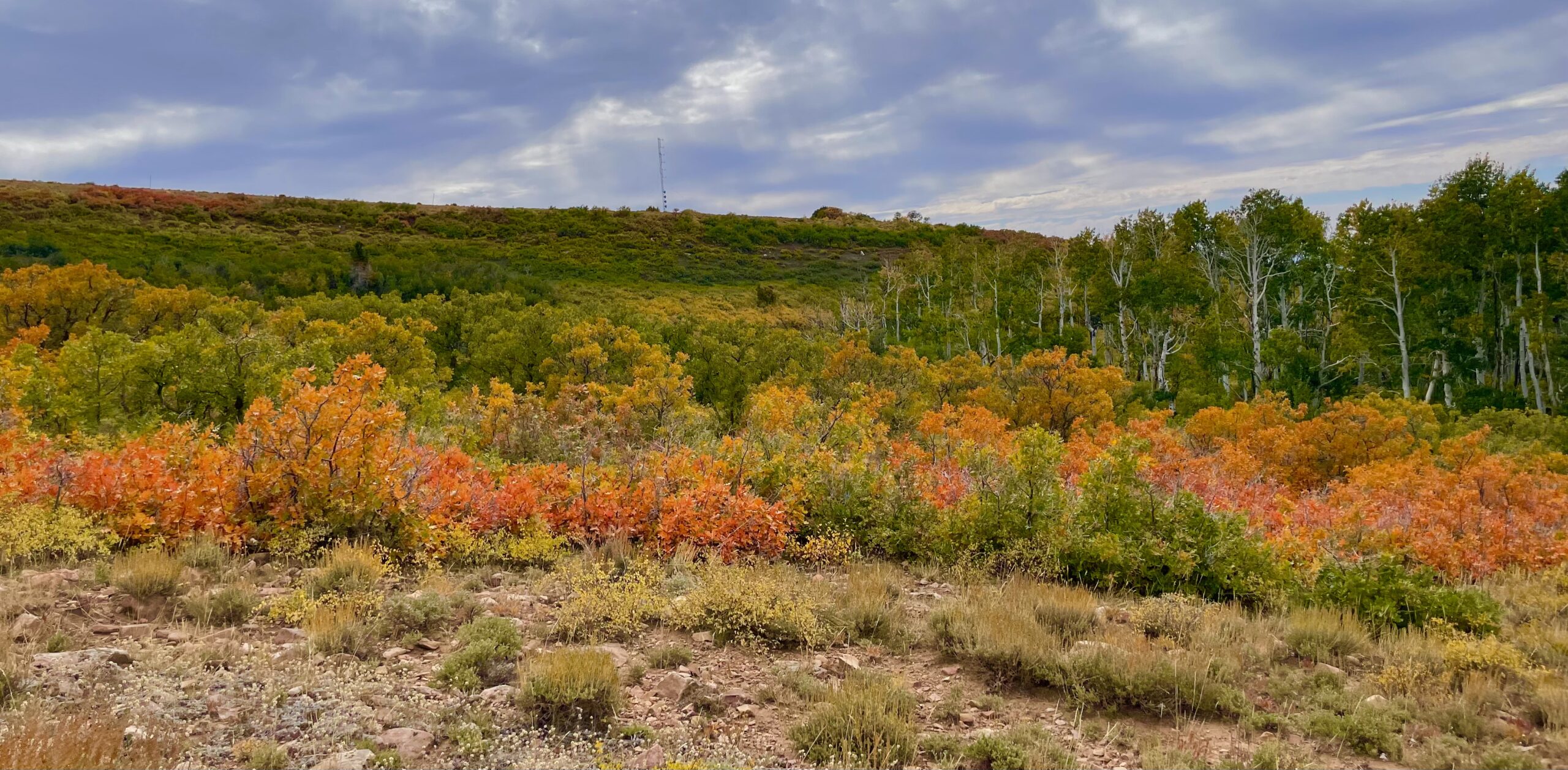
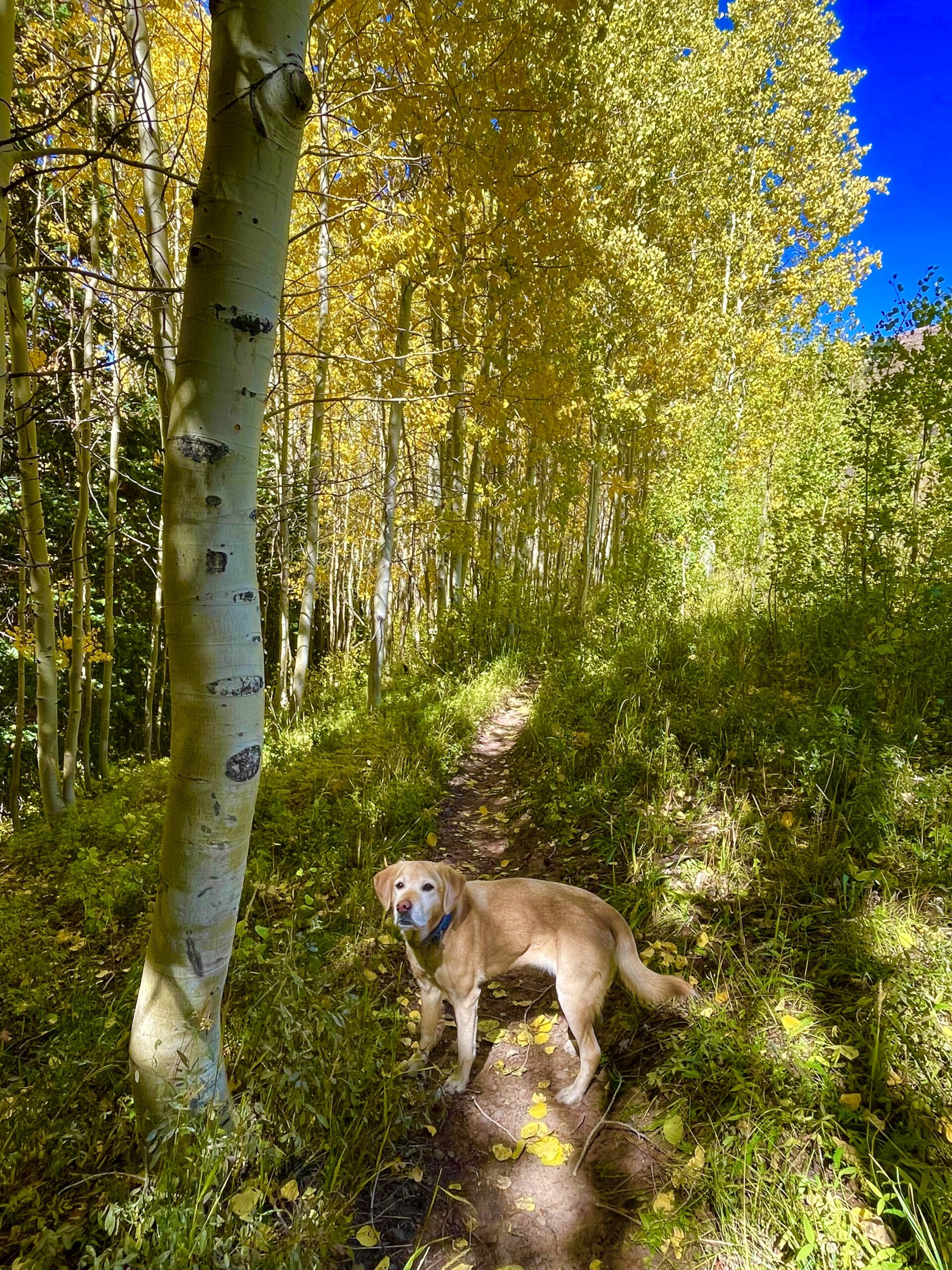
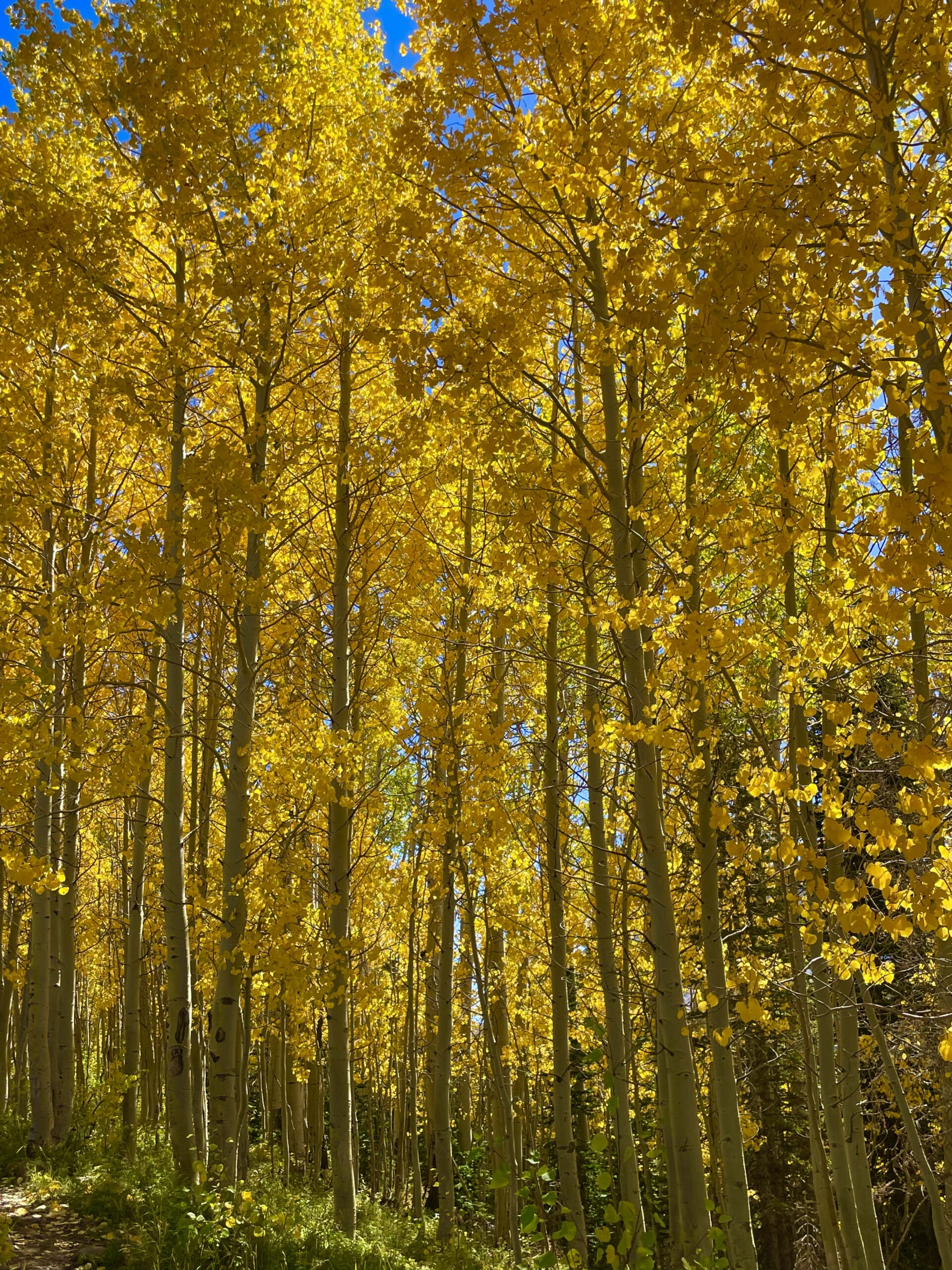
At last, our third target species, Heliomeris multiflora or showy goldeneye, is ready for collection. We began collecting seeds from this species in the last week of September, which was a pleasant surprise considering we thought we had a lot more time until seeds were mature enough to collect. We have found that the best way to collect these seeds is to clip off the seed heads and put them in a paper bag. We give the bag a little shake and the seeds fall out from the heads pretty easily! If anyone else is collecting this species and has a better method we are open to constructive criticism 🙂
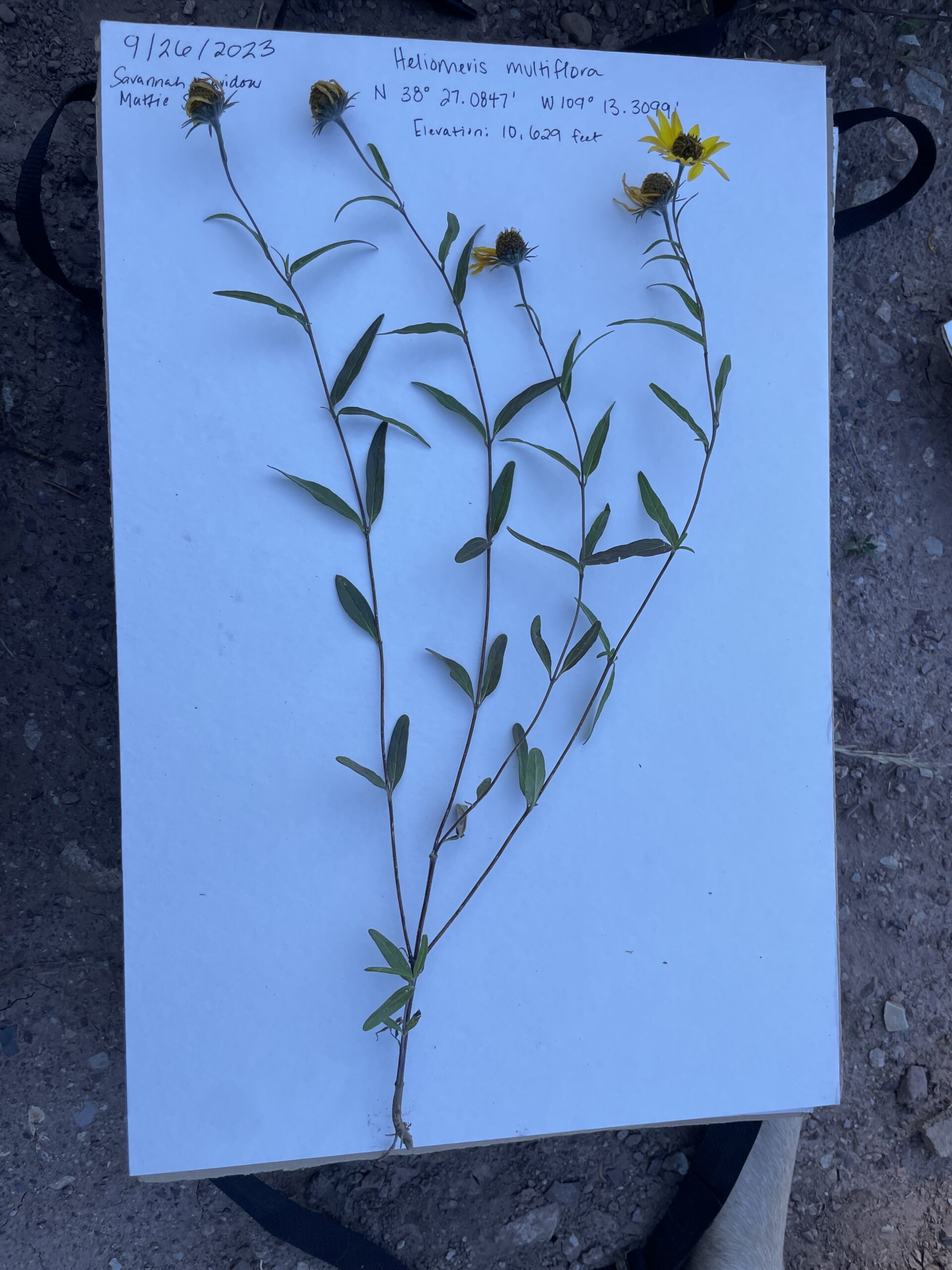
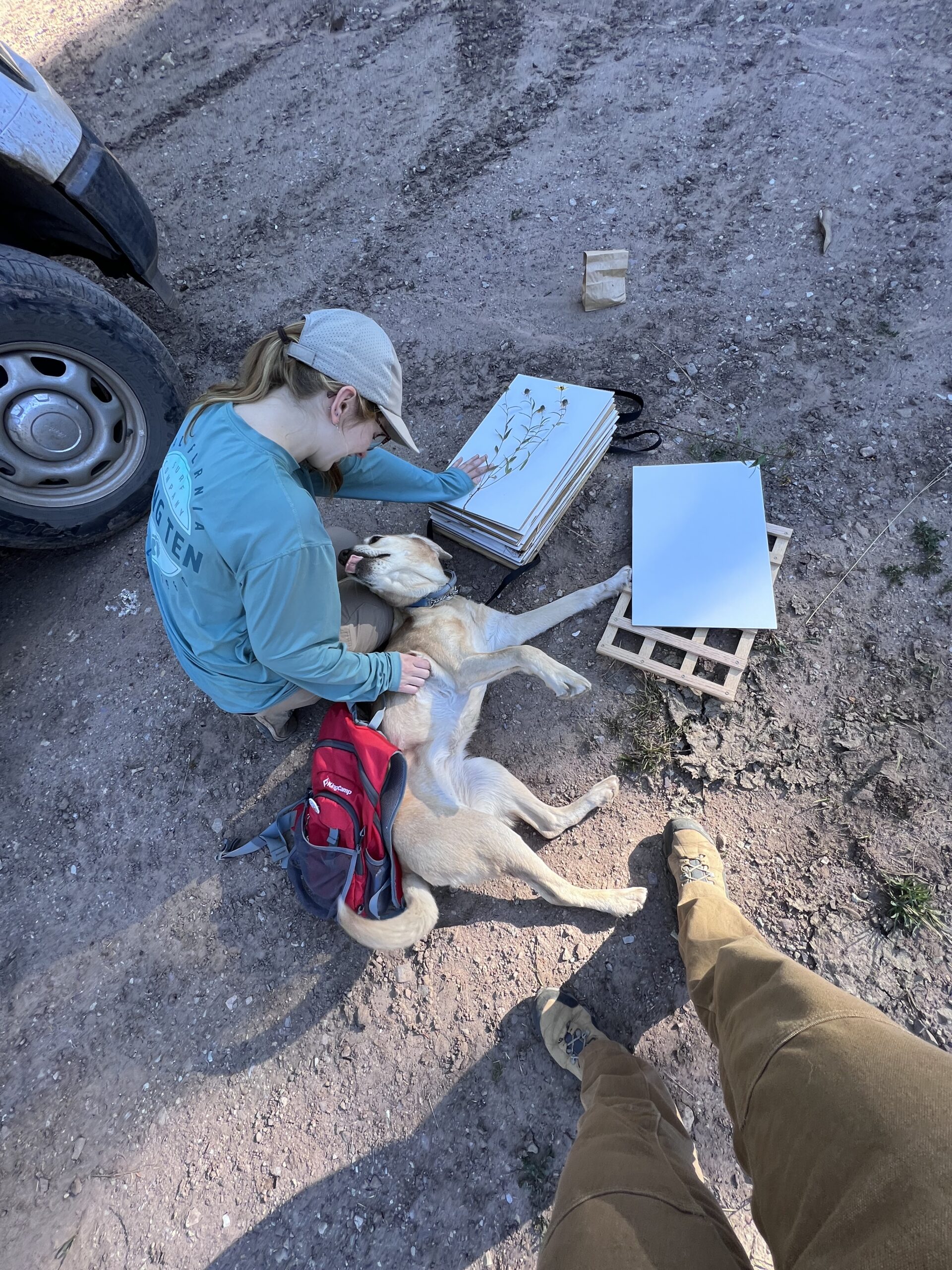
One of the most exciting adventures that Mattie and I got to partake in this month was accompanying the Archaeology crew to survey archaeological sites. Hiking around the woods and coming across remnants of Puebloan peoples and later tribes was like traveling through time. I learned so much about the rich history and culture present in the Manti-La Sal National Forest and especially around Bears Ears National Monument. Having a deeper understanding of the cultural significance of the land that I work on has helped to grow a greater appreciation of it and I value the time I get to spend on it so much more now.
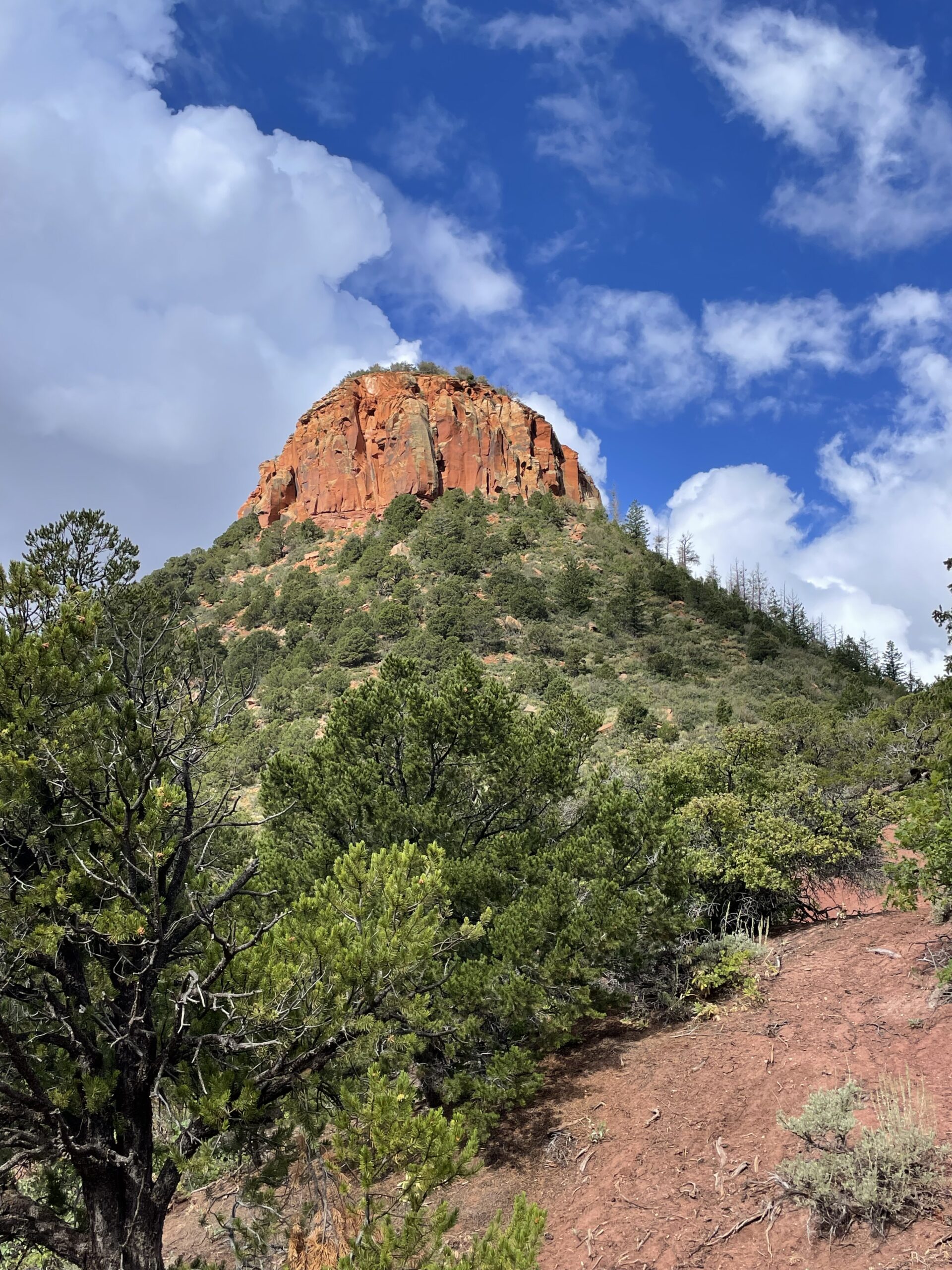
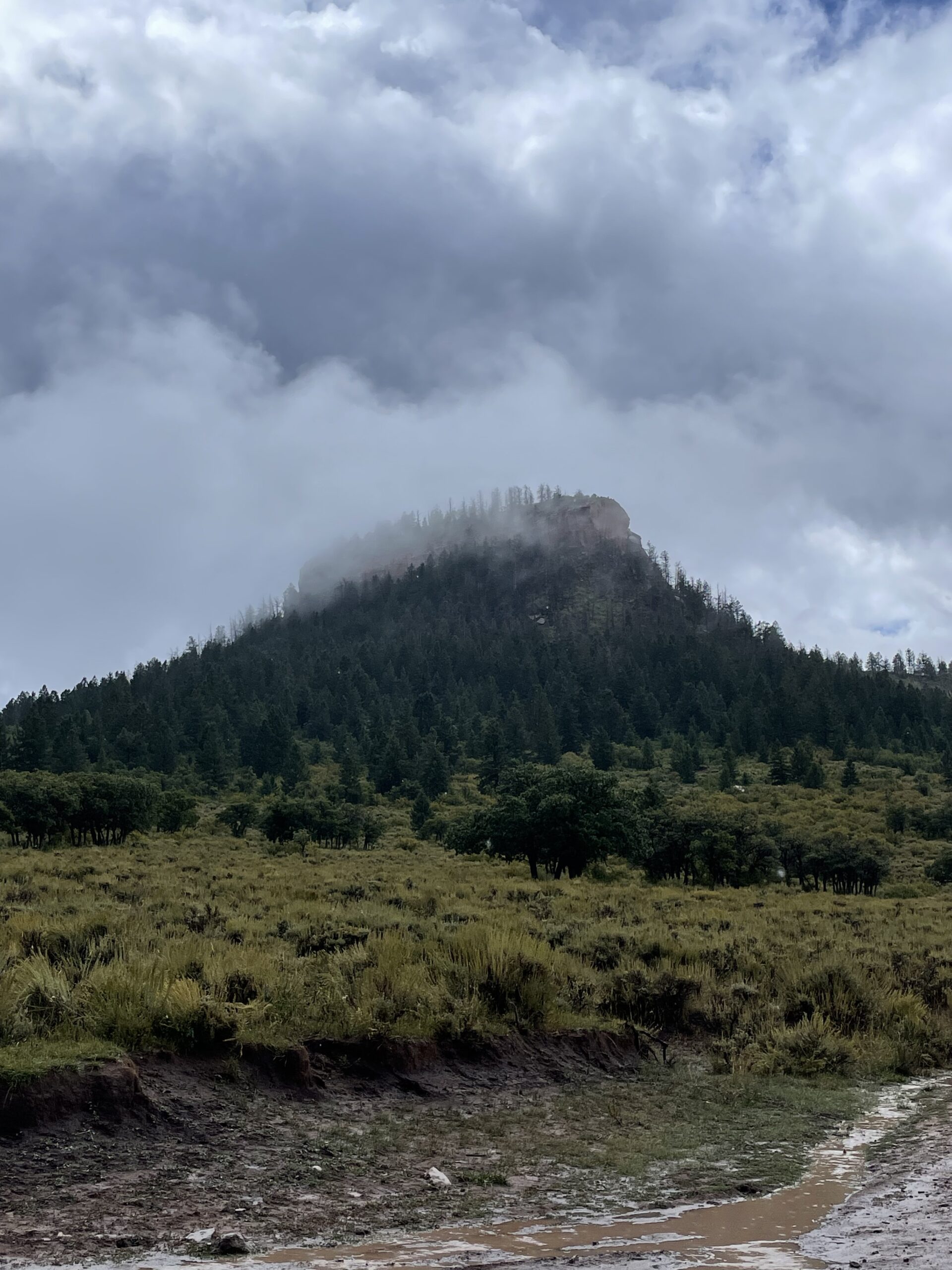
Thanks to very bad weather one day, I also got to tour the Edge of the Cedars State Park Museum which features exhibits of Ancestral Puebloan artifacts such as pottery, baskets, blankets, etc. dating back to as early as the Basketmaker III period (A.D. 500-750). My favorite thing that I saw in the museum was the different effigies that had been recovered in the area, particularly the ones of dogs that I included images of below. It is super cool to imagine people having dogs as pets thousands of years ago like we do today! I also loved learning about the different methods that archaeologists use to determine what time period an artifact is from. This includes radiocarbon dating, dendrochronology, pollen dating, and more!
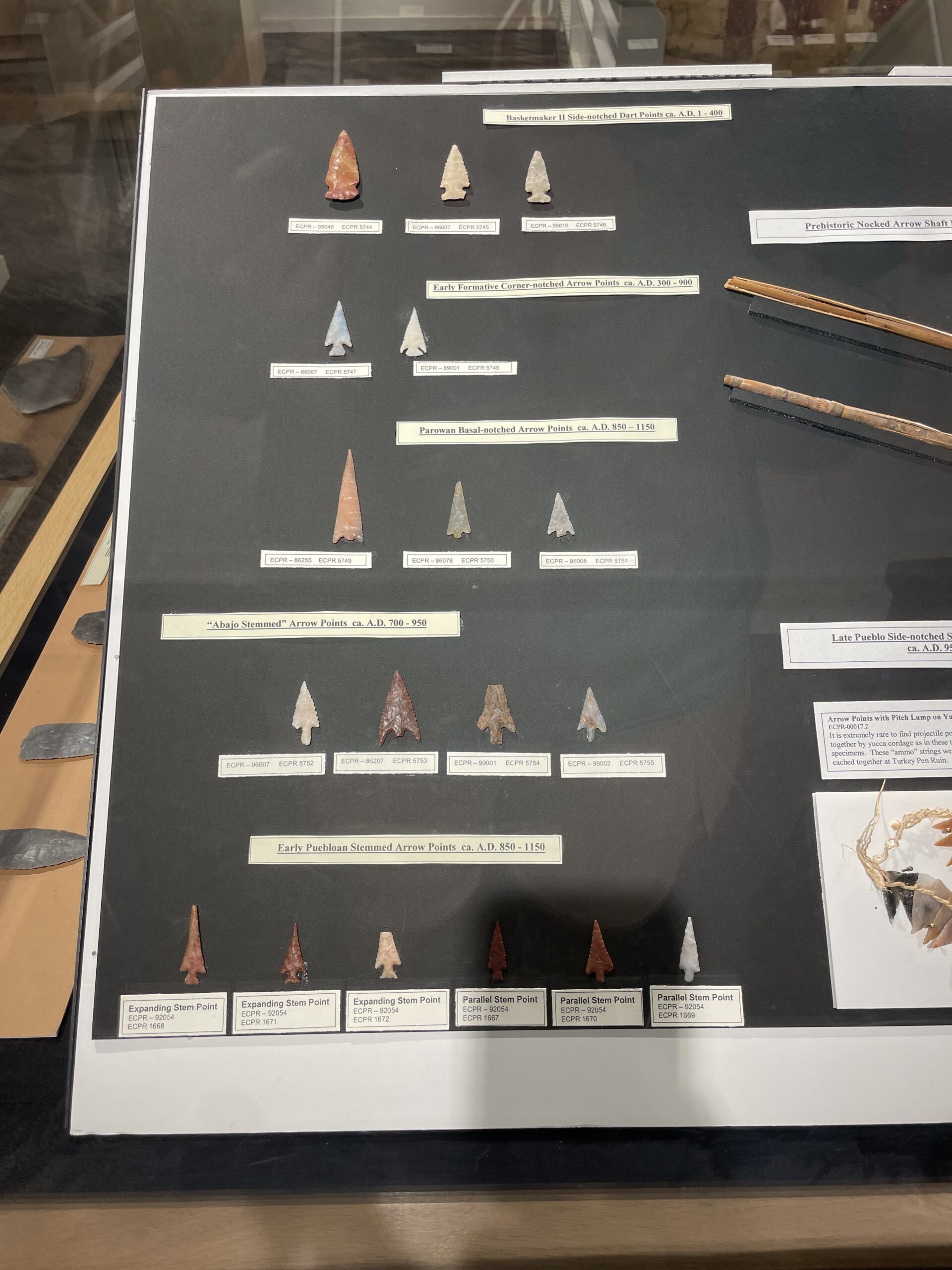
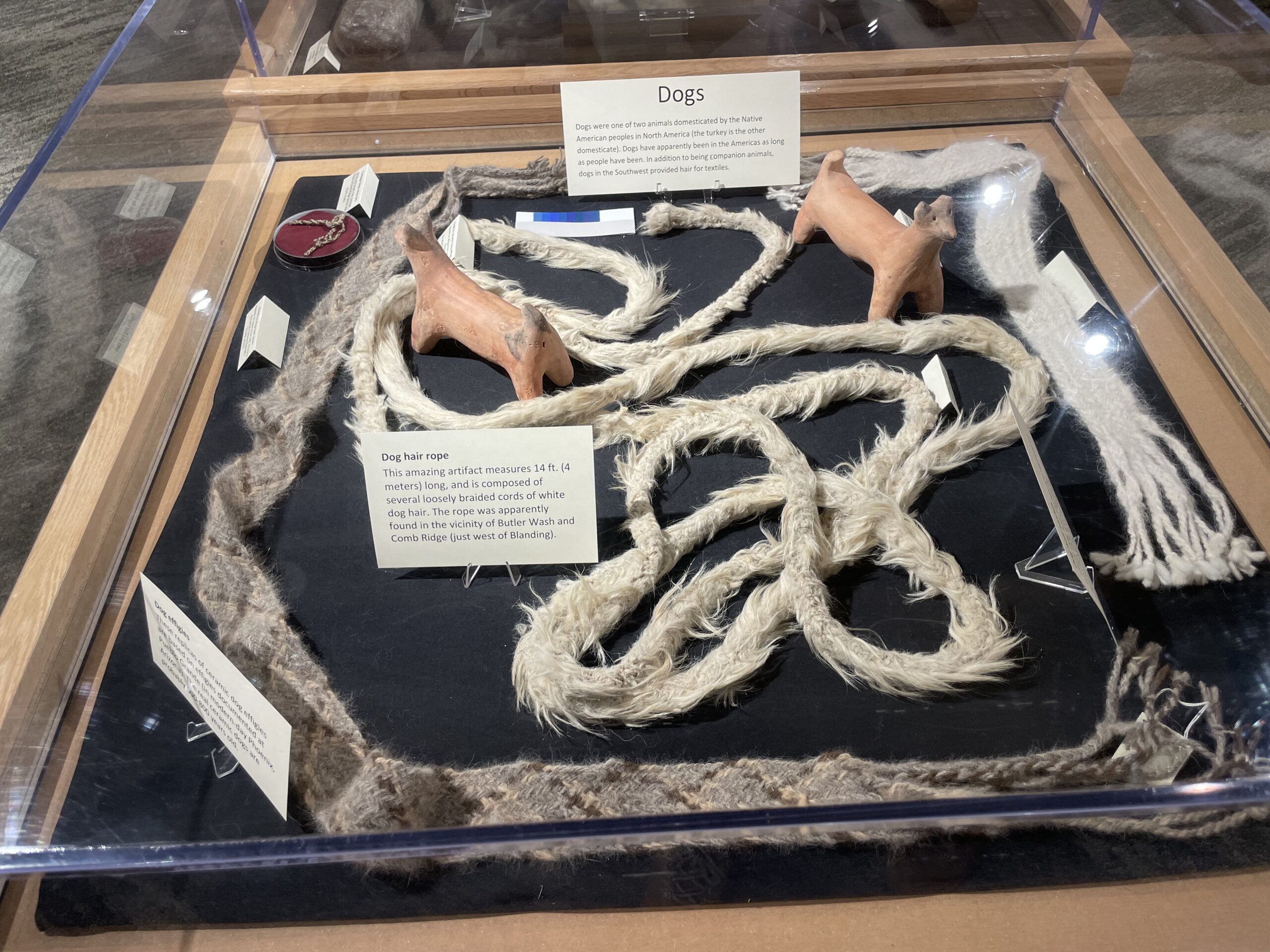
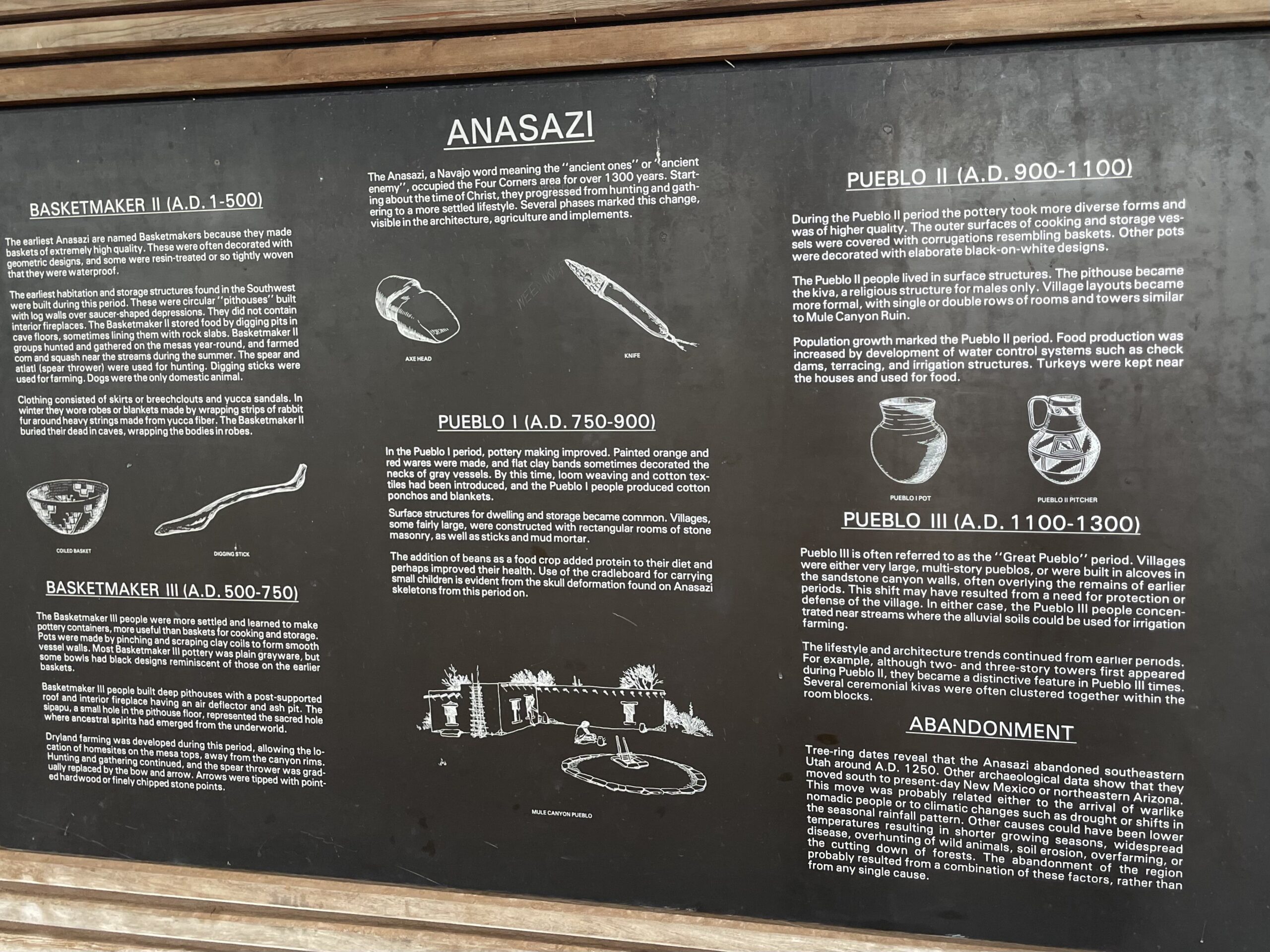
Overall, September was a very enriching month that will go down in the history books and I am eager to see what the future holds for the seed girls!
